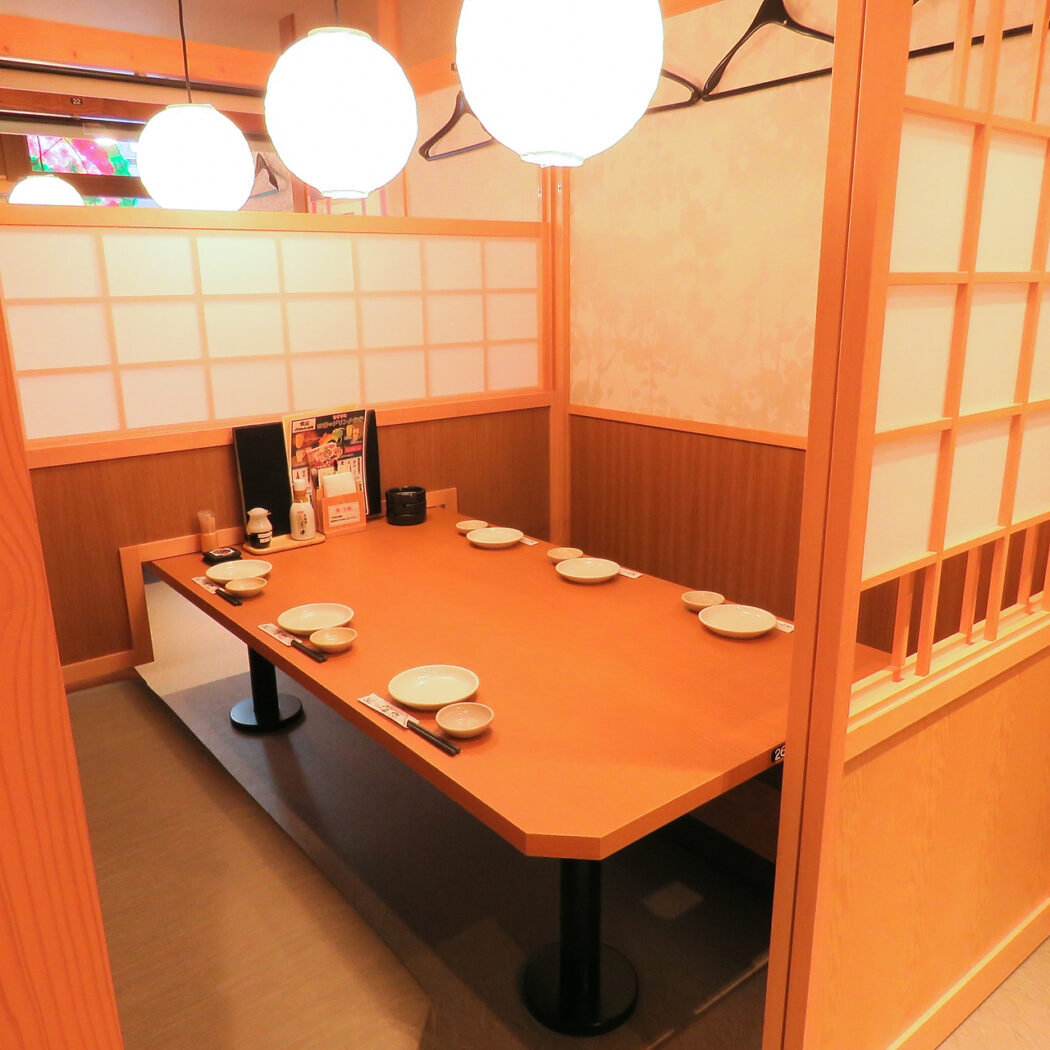Recommended sushi restaurants in Tokushima, Japan
-

Sushi Izakaya Ryokoku Sakanaya Dojo Tokushima Ekimae Branch
Sushi restaurant in Tokushima [SUSHILIVE comment] -


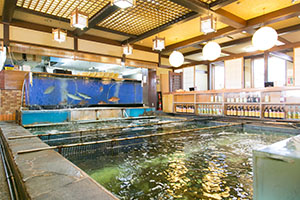
Seafood wholesaler Taiheiyou
Sushi restaurant in Tokushima [SUSHILIVE comment] -


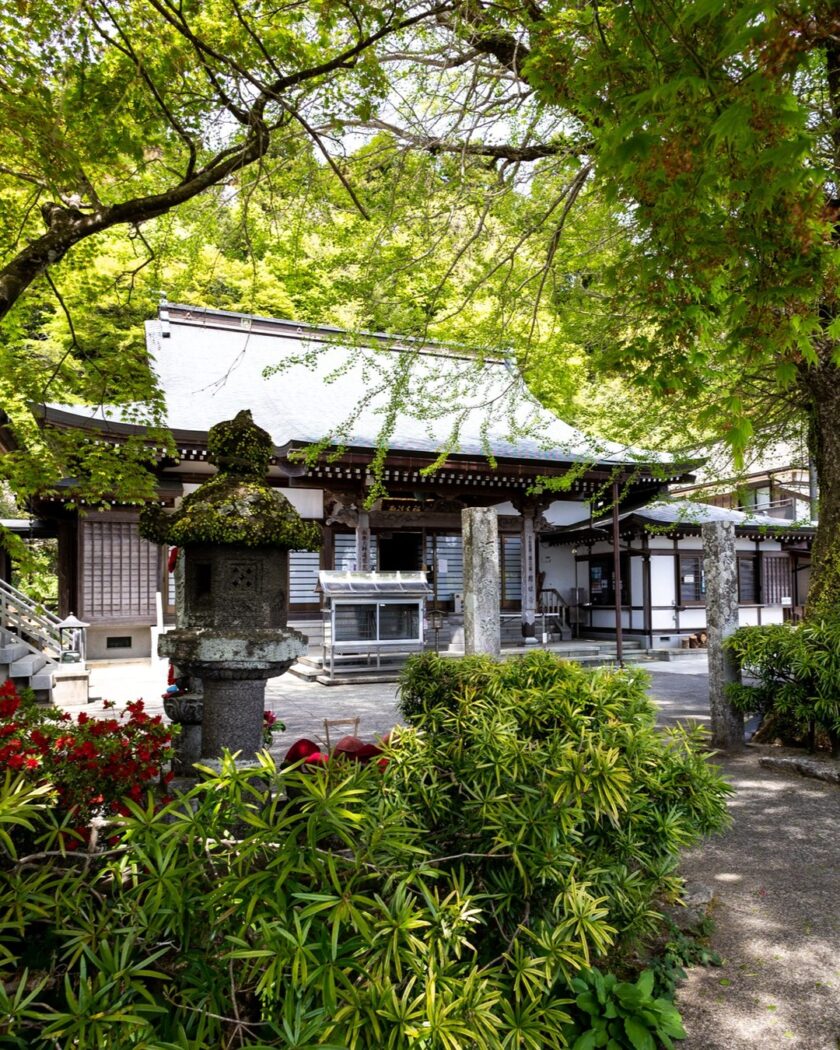
Country Sushi Restaurant Nakayama
Sushi restaurant in Tokushima [SUSHILIVE comment] -


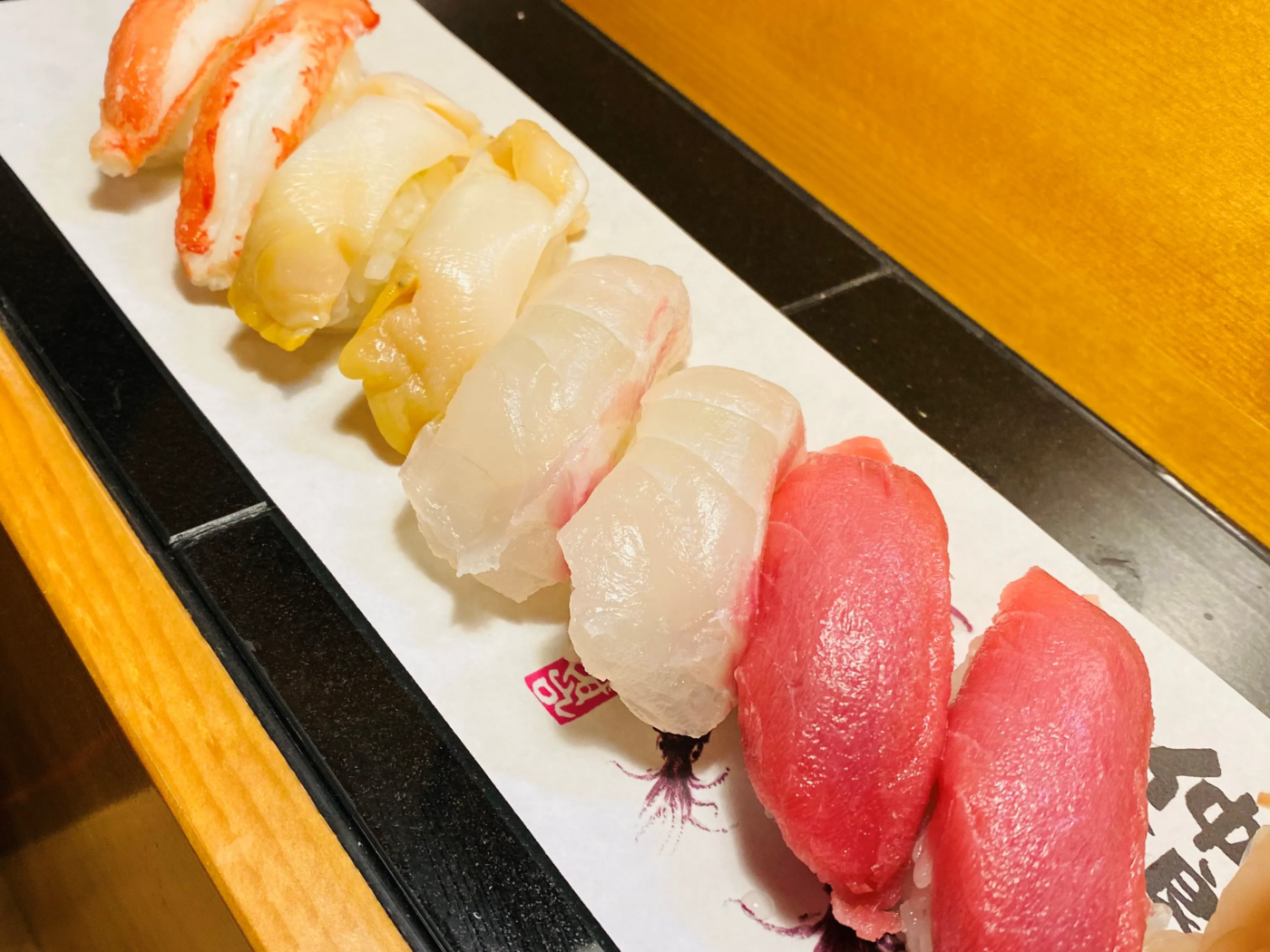
Sushi Izakaya Yataizushi Tokushima Ryogoku-bashi-machi
Sushi restaurant in Tokushima [SUSHILIVE comment] -


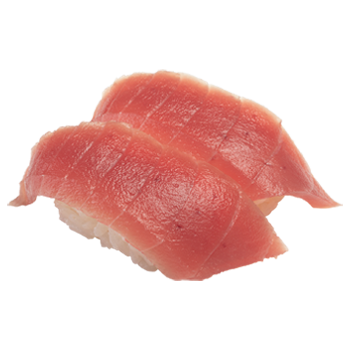
Sushiro Tokushima Dekeshima
Sushi restaurant in Tokushima [SUSHILIVE comment] -


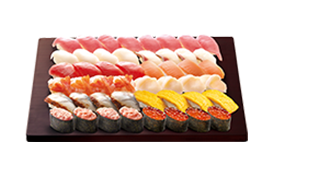
Hamazushi Tokushima Matsushige
Sushi restaurant in Tokushima [SUSHILIVE comment] -


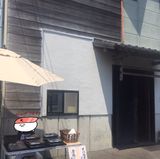
Fujikirō
Sushi restaurant in Tokushima [SUSHILIVE comment] -


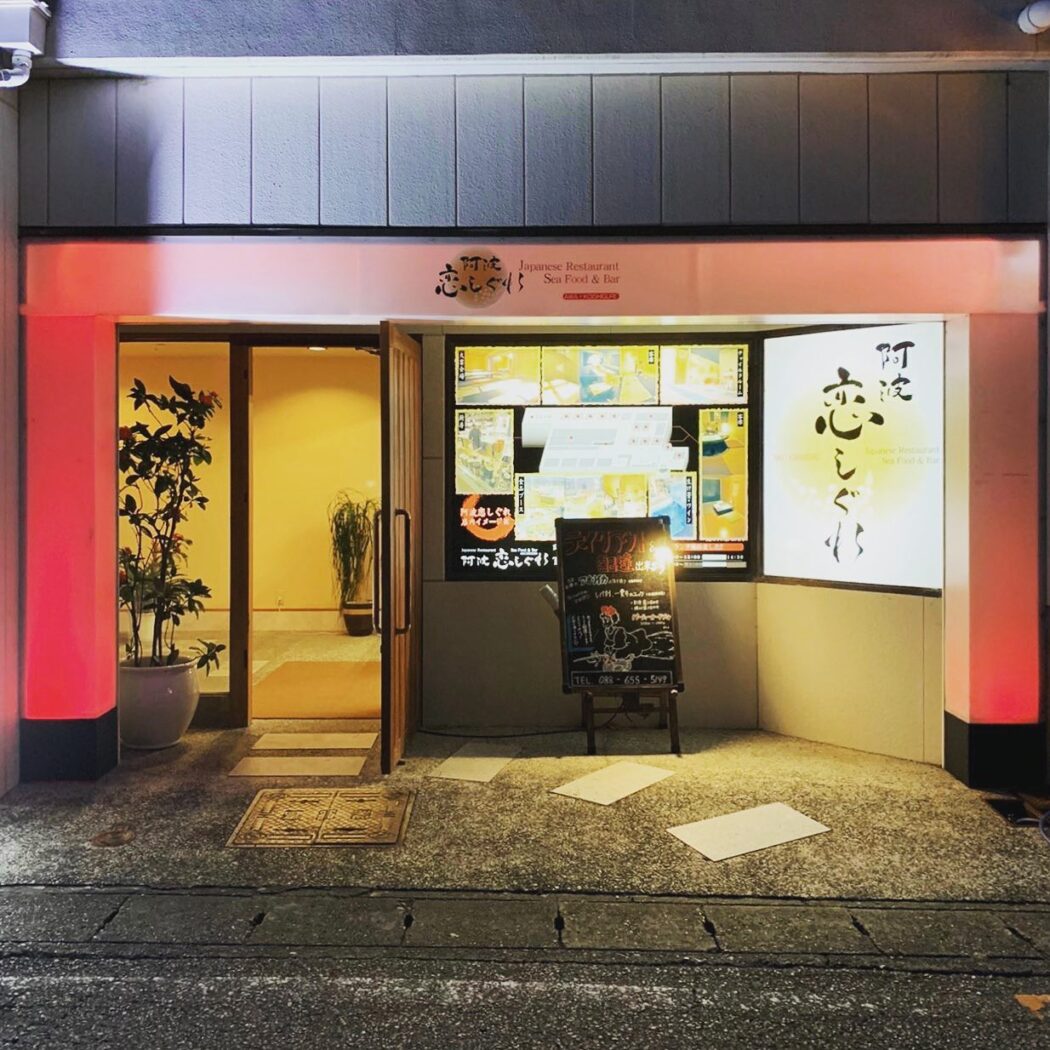
Awa Koishigure
Sushi restaurant in Tokushima [SUSHILIVE comment] -


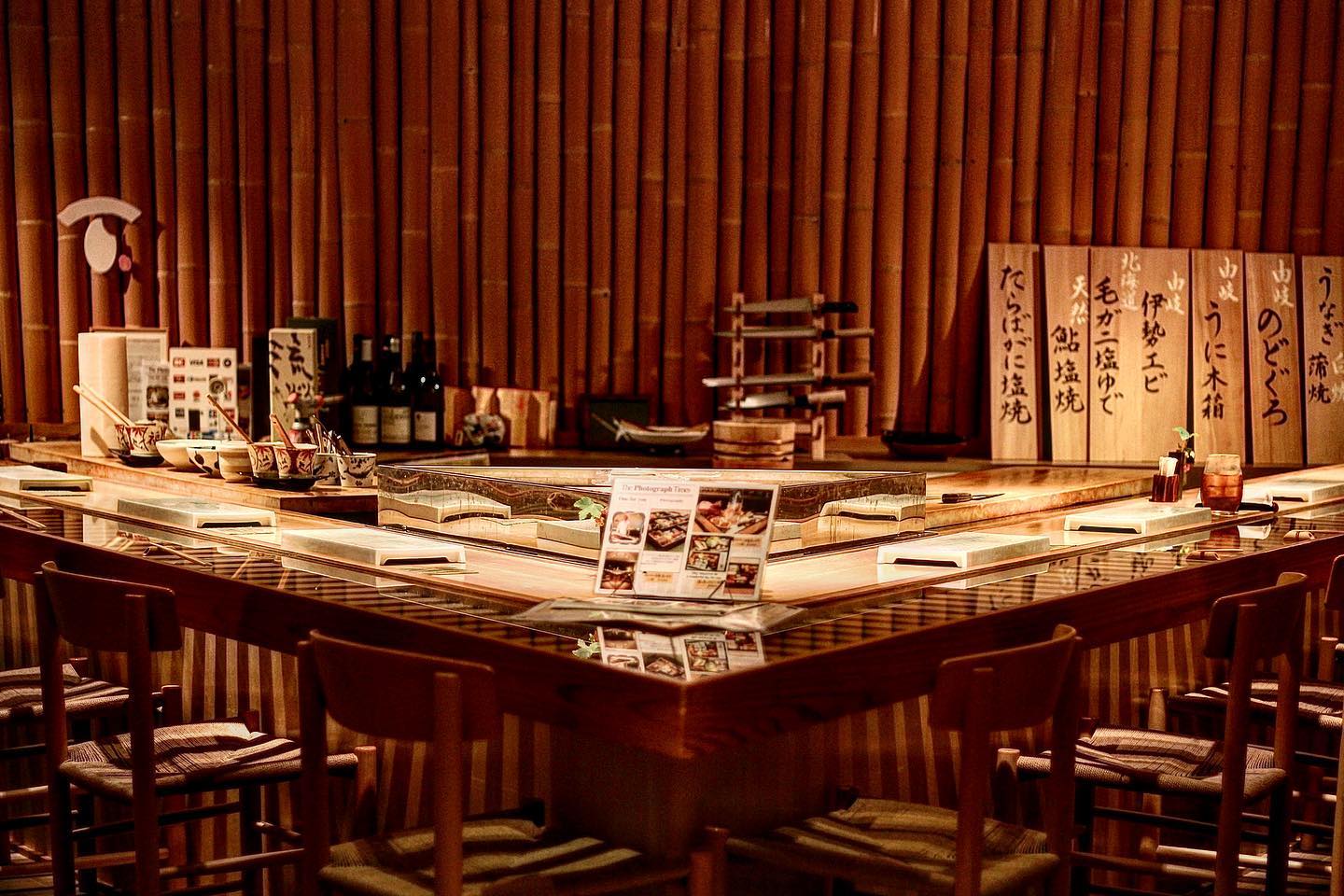
bamboo deity
Sushi restaurant in Tokushima [SUSHILIVE comment] -


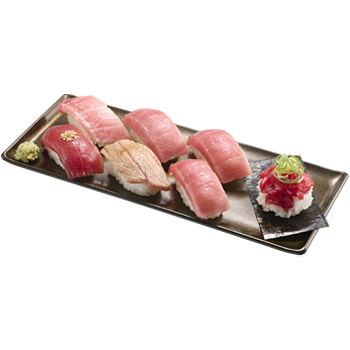
Sushiro Komatsushima
Sushi restaurant in Tokushima [SUSHILIVE comment] -


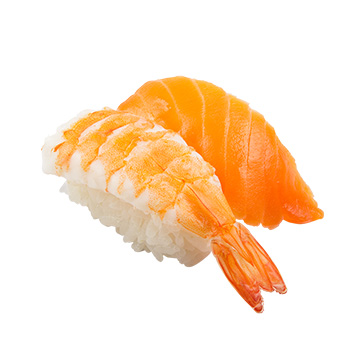
Sushiro Tokushima Nishishinohama
Sushi restaurant in Tokushima [SUSHILIVE comment] -


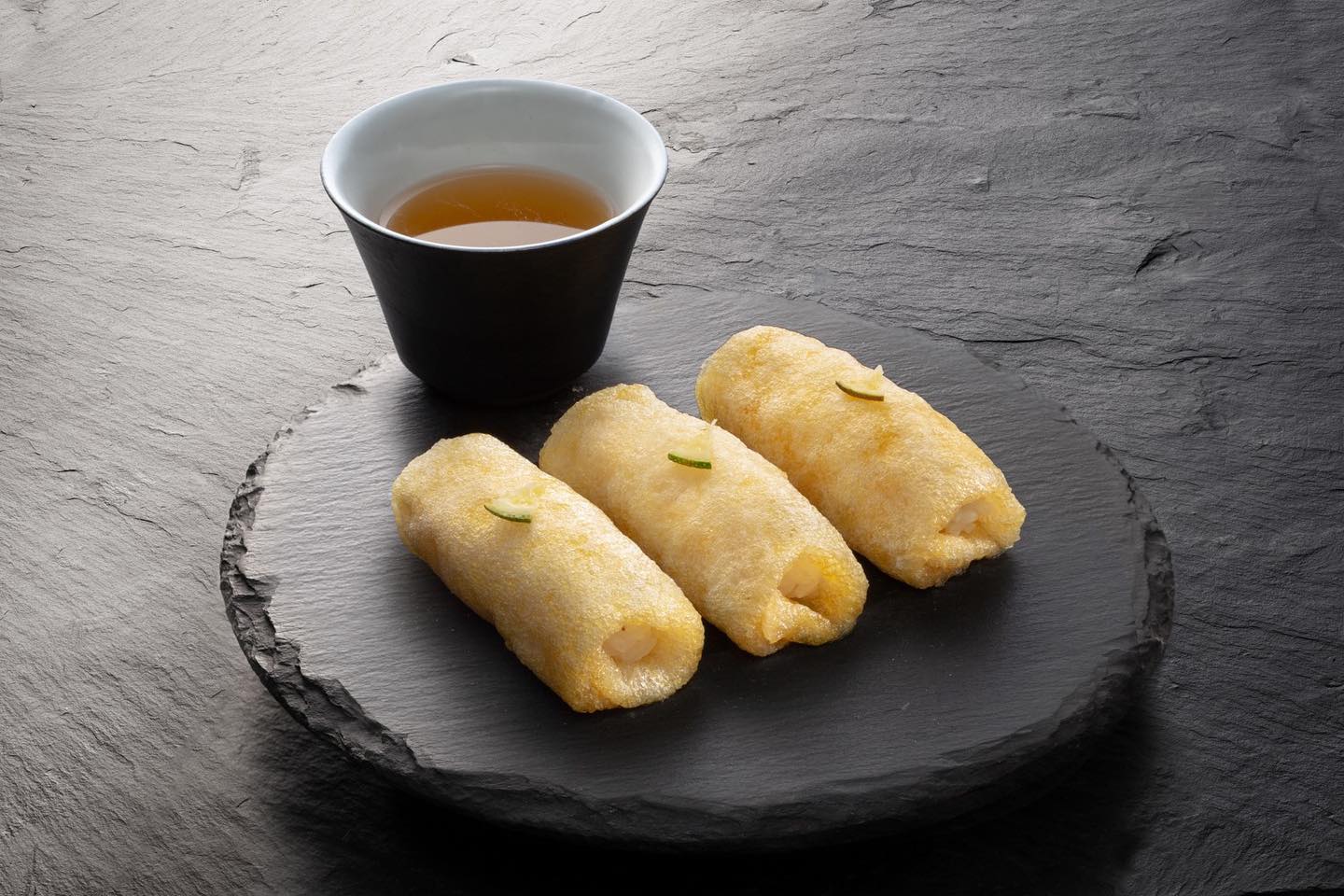
Kitsune Sushi En
Sushi restaurant in Tokushima [SUSHILIVE comment] -


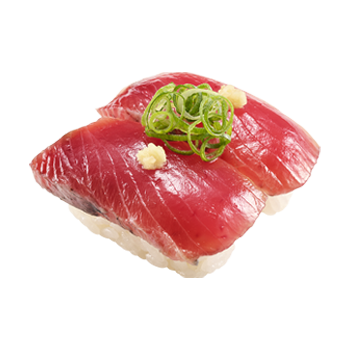
Sushiro Tokushima Ataka
Sushi restaurant in Tokushima [SUSHILIVE comment] -


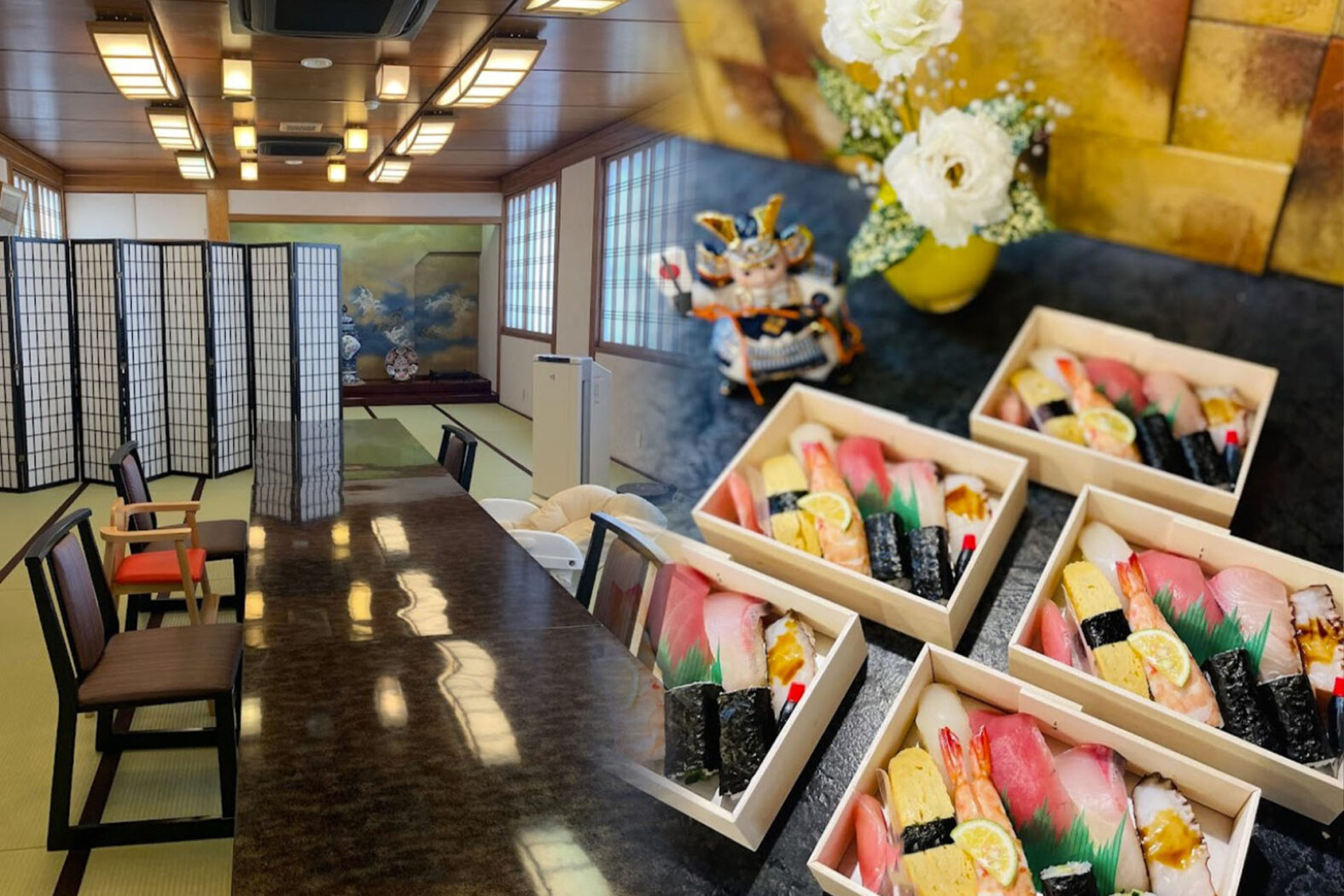
Sushitatsu
Sushi restaurant in Tokushima [SUSHILIVE comment] -


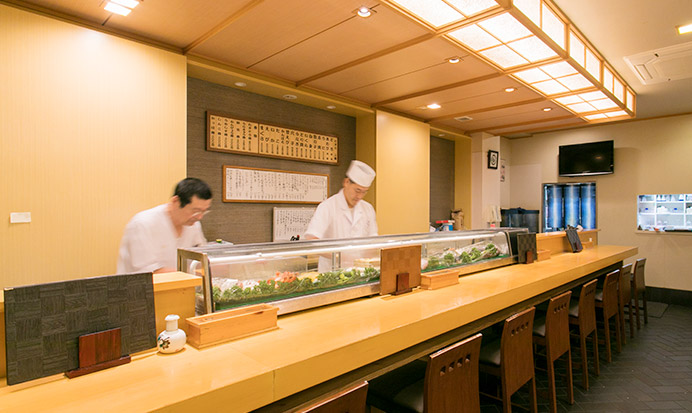
Kouraku Sushi
Sushi restaurant in Tokushima [SUSHILIVE comment] -


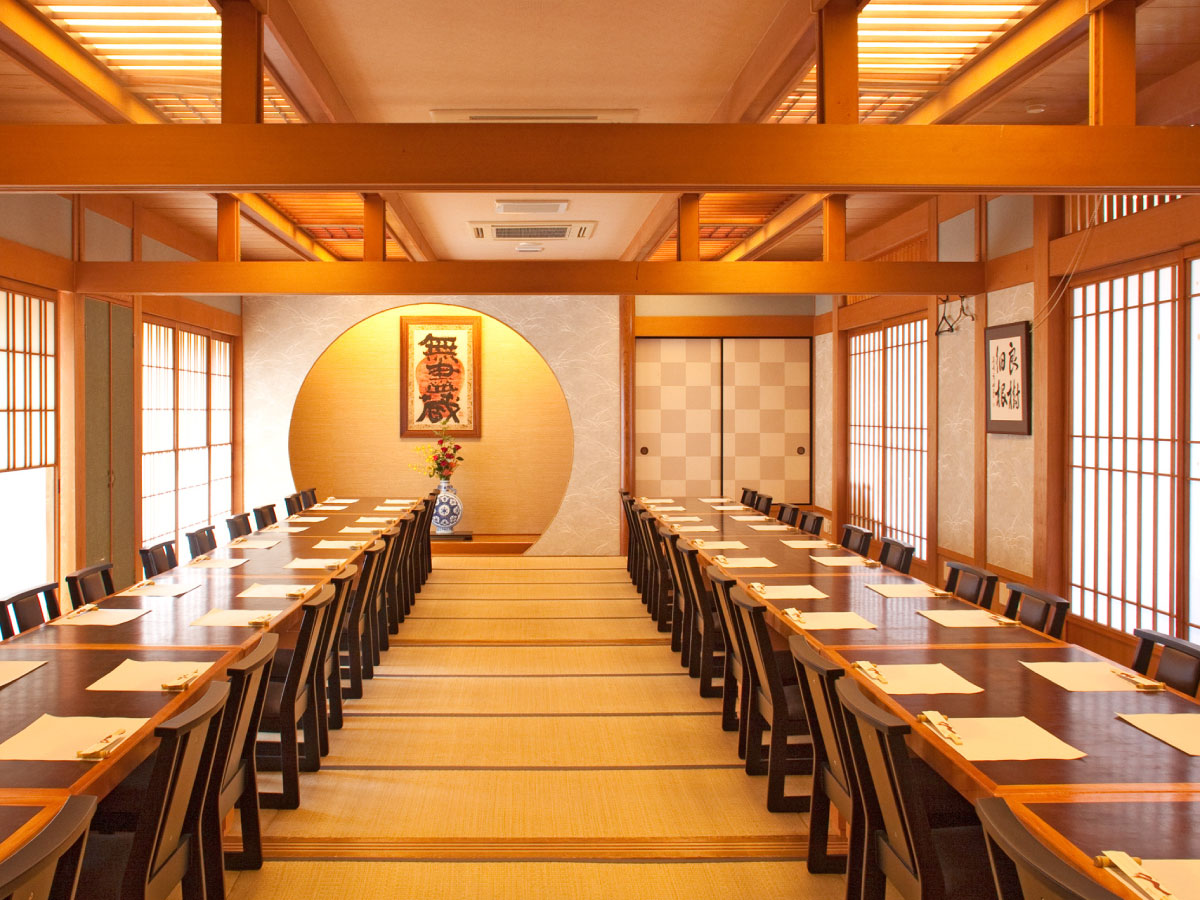
Sushi, Soba, Sea bream rice
Sushi restaurant in Tokushima [SUSHILIVE comment] -


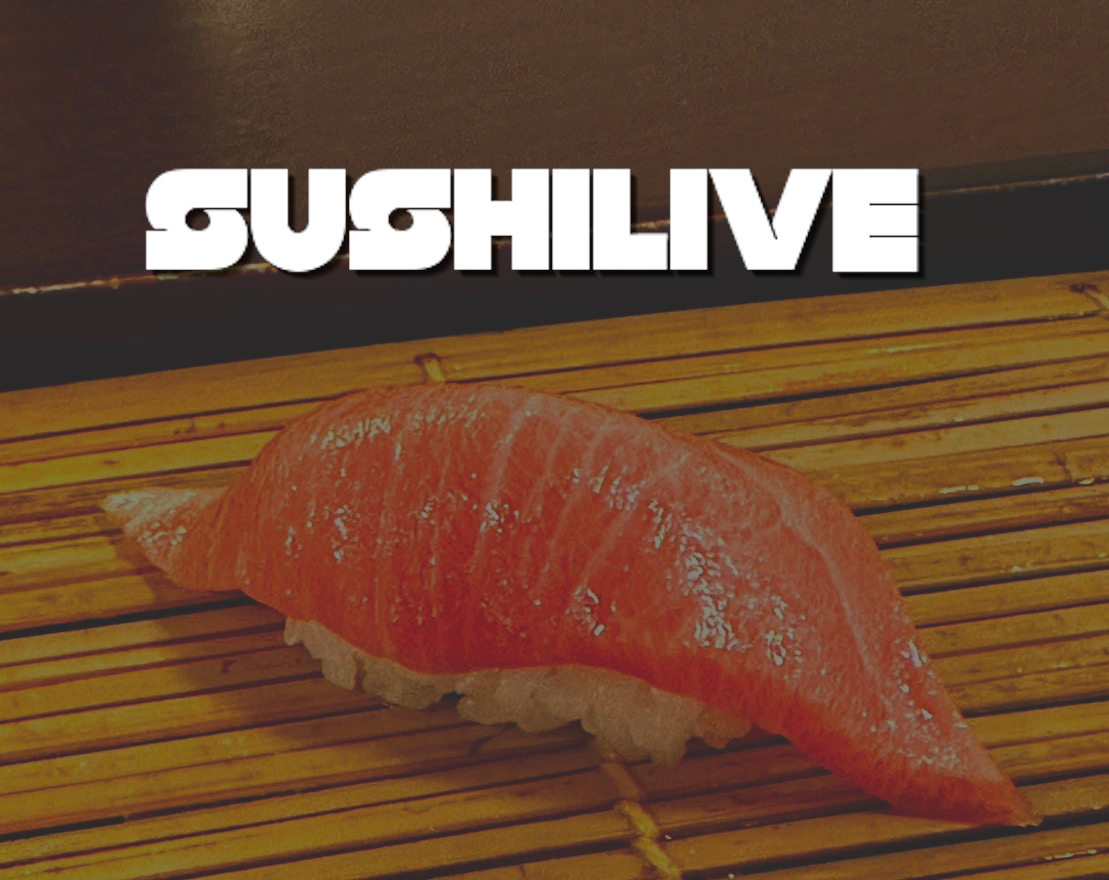
Fish General
Sushi restaurant in Tokushima [SUSHILIVE comment] -


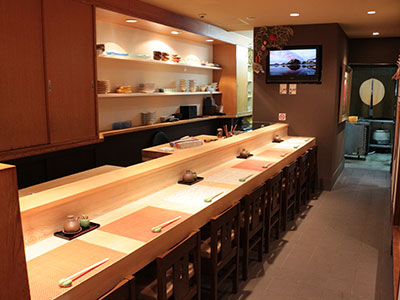
Horazushi
Sushi restaurant in Tokushima [SUSHILIVE comment] -


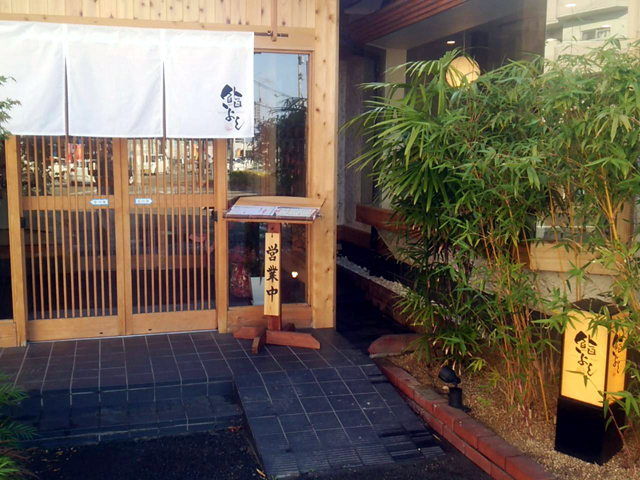
Sushi Yoshi
Sushi restaurant in Tokushima [SUSHILIVE comment] -



Yanagi-zushi
Sushi restaurant in Tokushima [SUSHILIVE comment] -



rack for drying rice
Sushi restaurant in Tokushima [SUSHILIVE comment] -


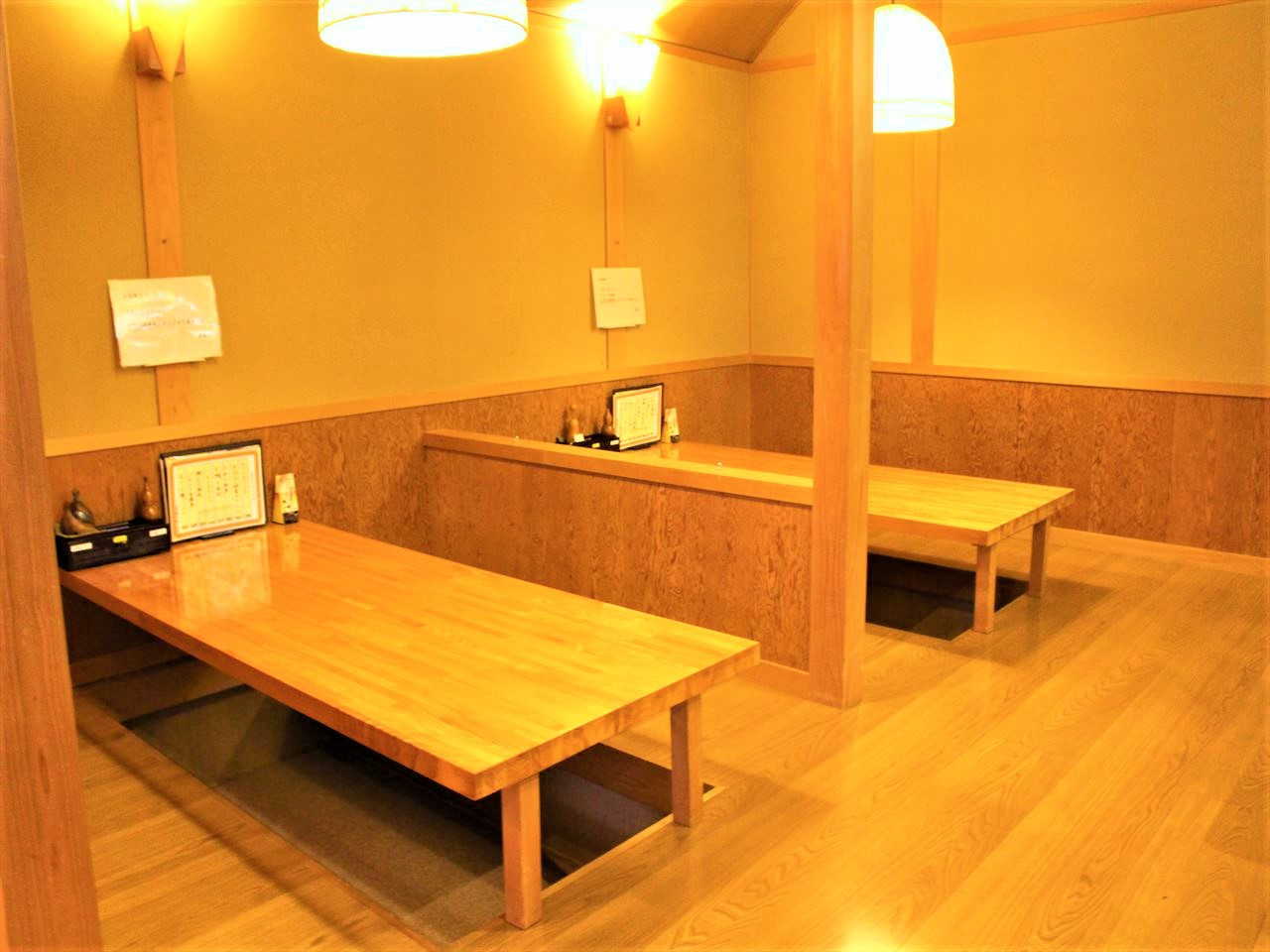
Japanese Restaurant Tensui
Sushi restaurant in Tokushima [SUSHILIVE comment] -



Hanashi Sushi
Sushi restaurant in Tokushima [SUSHILIVE comment] -


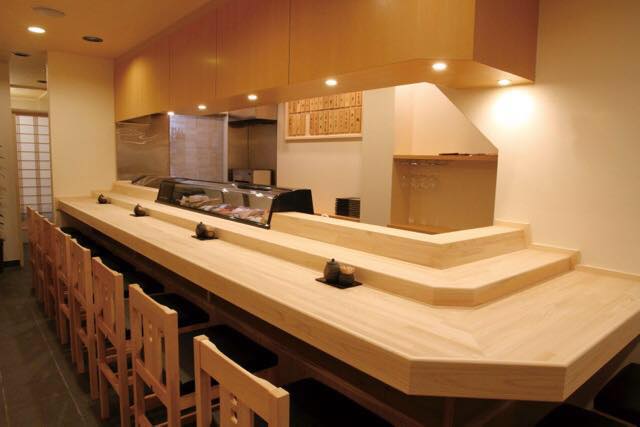
man of valour
Sushi restaurant in Tokushima [SUSHILIVE comment] -



Ajiyoshi
Sushi restaurant in Tokushima [SUSHILIVE comment] -


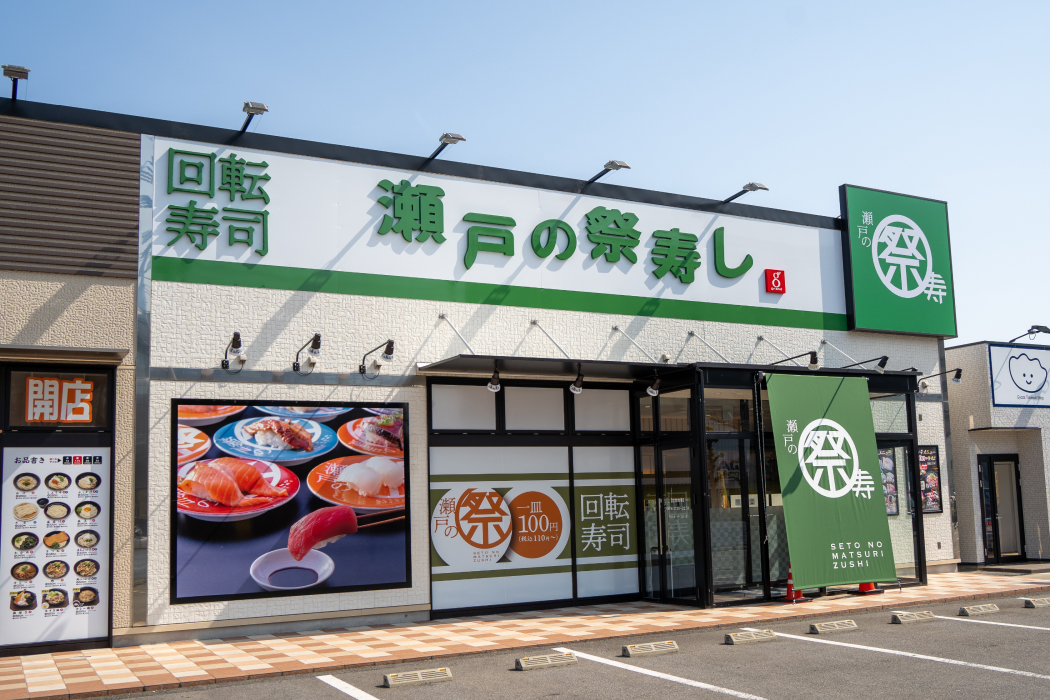
Seto no Matsuri Sushi Sumiyoshi
Sushi restaurant in Tokushima [SUSHILIVE comment] -


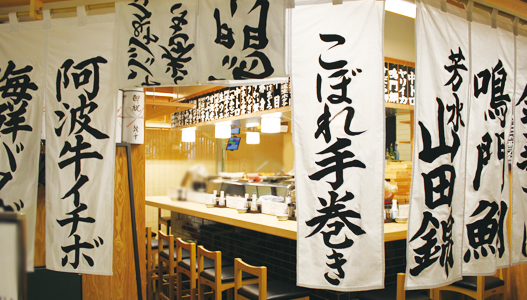
Hitotetsu Tokushima Station Clement Plaza
Sushi restaurant in Tokushima [SUSHILIVE comment] -


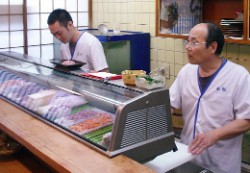
Sushi Shosuke
Sushi restaurant in Tokushima [SUSHILIVE comment] -



choose six
Sushi restaurant in Tokushima [SUSHILIVE comment] -



Kikko-zushi
Sushi restaurant in Tokushima [SUSHILIVE comment]
Recommended conveyor belt sushi restaurants in Tokushima, Japan
-


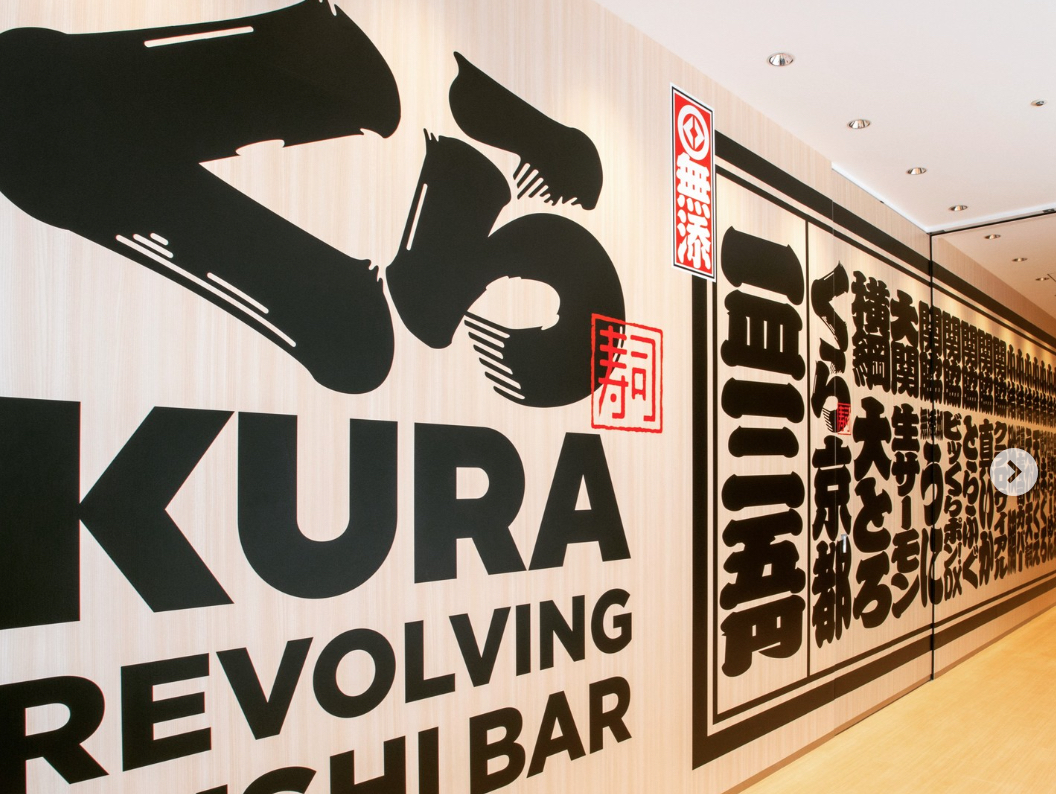
Kura Sushi Tokushima Kawauchi Store
Sushi restaurant in Tokushima [SUSHILIVE comment] -


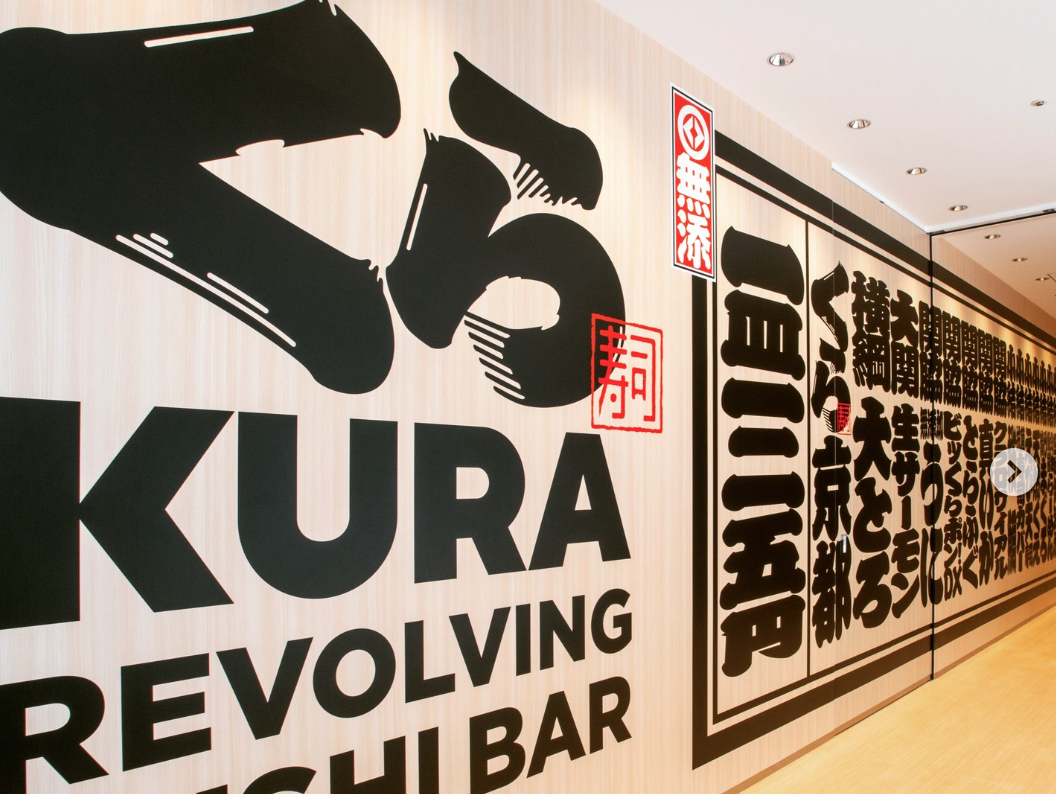
Kura Sushi Tokushima Ishii Store
Sushi restaurant in Tokushima [SUSHILIVE comment] -


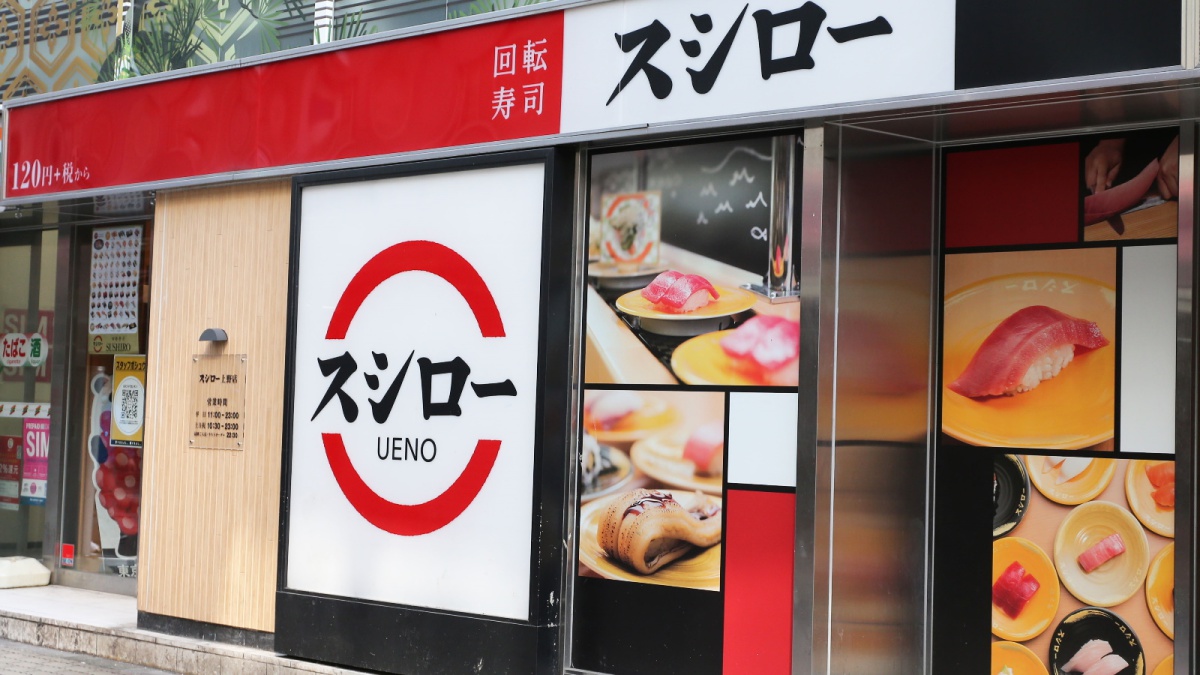
Sushiro Tokushima Ataka
Sushi restaurant in Tokushima [SUSHILIVE comment] -


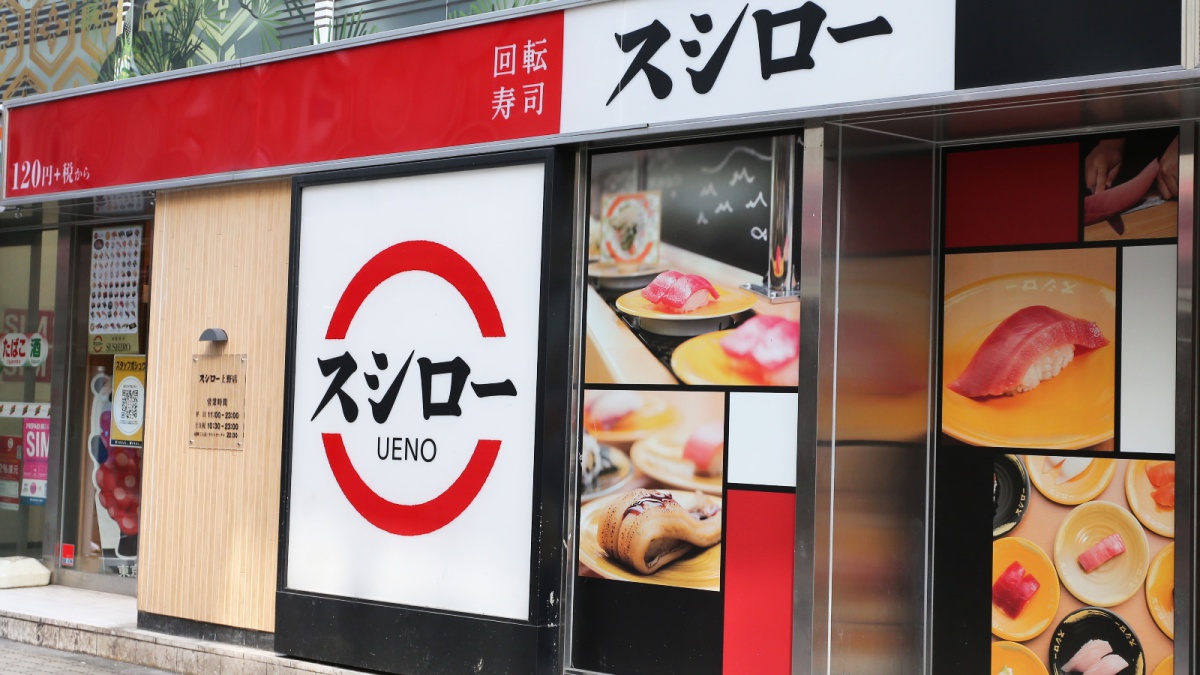
Sushiro Tokushima Ojin
Sushi restaurant in Tokushima [SUSHILIVE comment] -


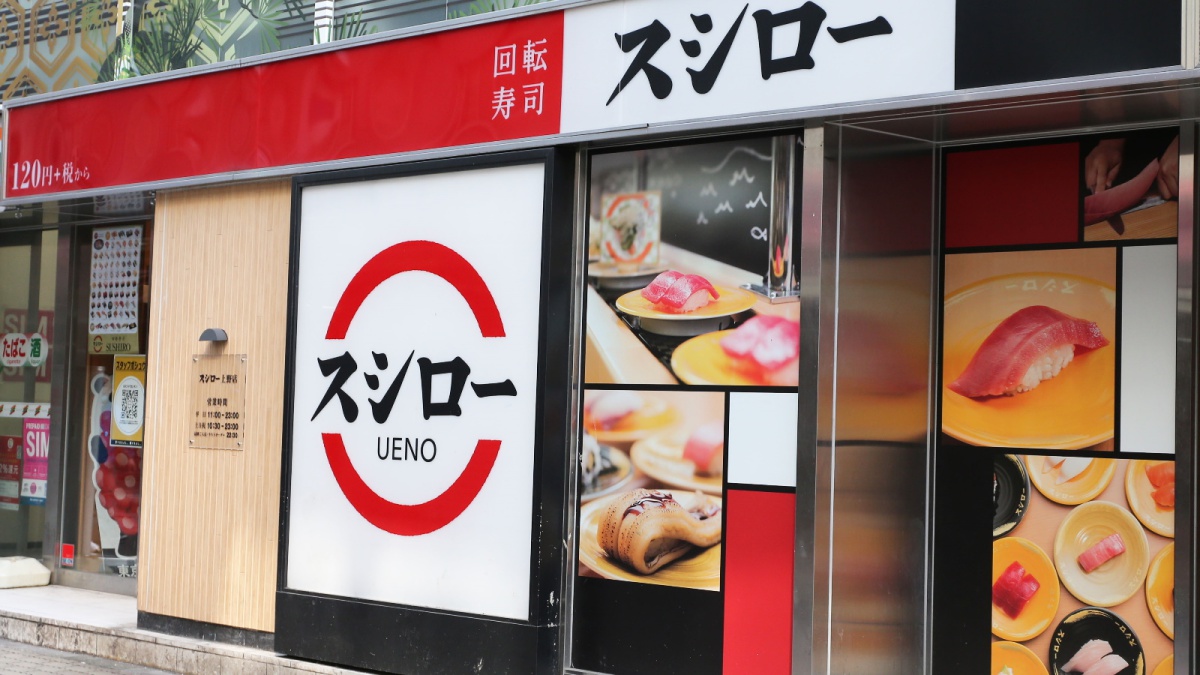
Sushiro Komatsujima
Sushi restaurant in Tokushima [SUSHILIVE comment] -


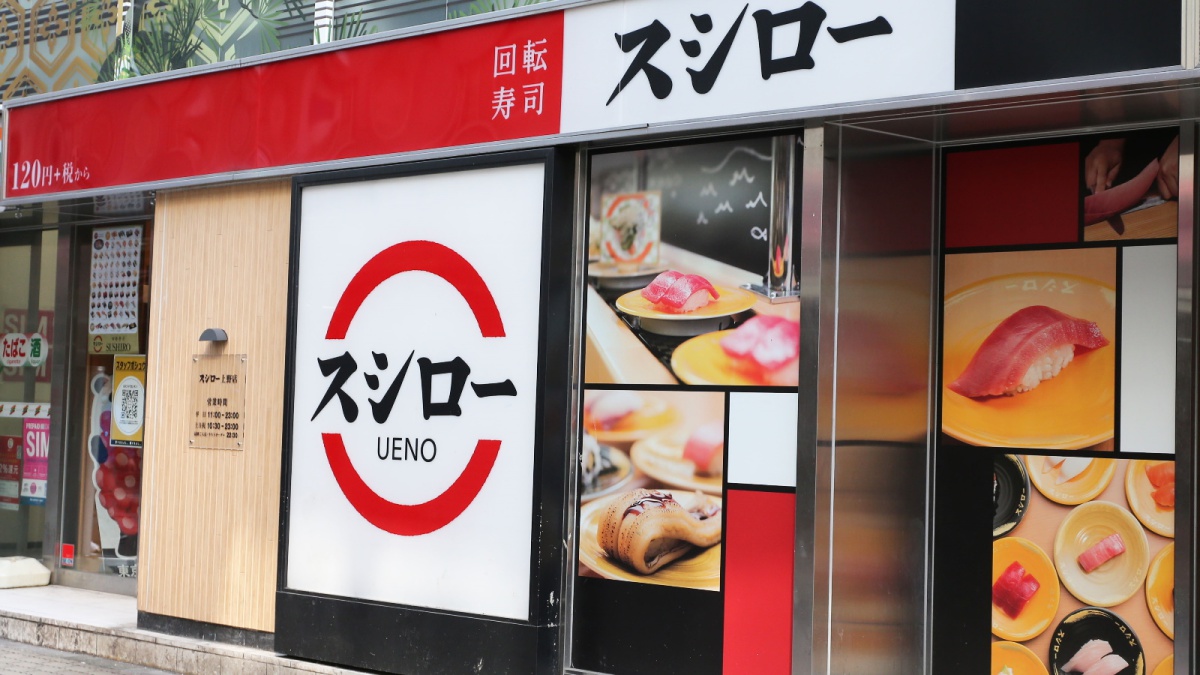
Sushiro Yoshino River
Sushi restaurant in Tokushima [SUSHILIVE comment] -


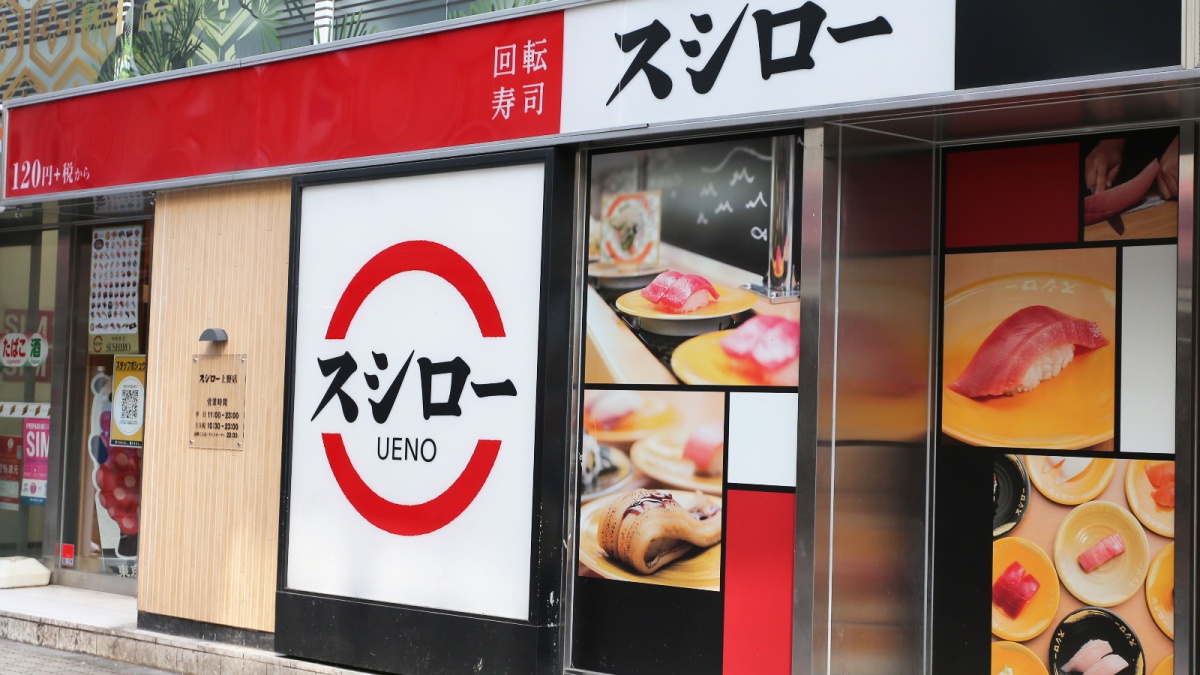
Sushiro Tokushima Island
Sushi restaurant in Tokushima [SUSHILIVE comment] -


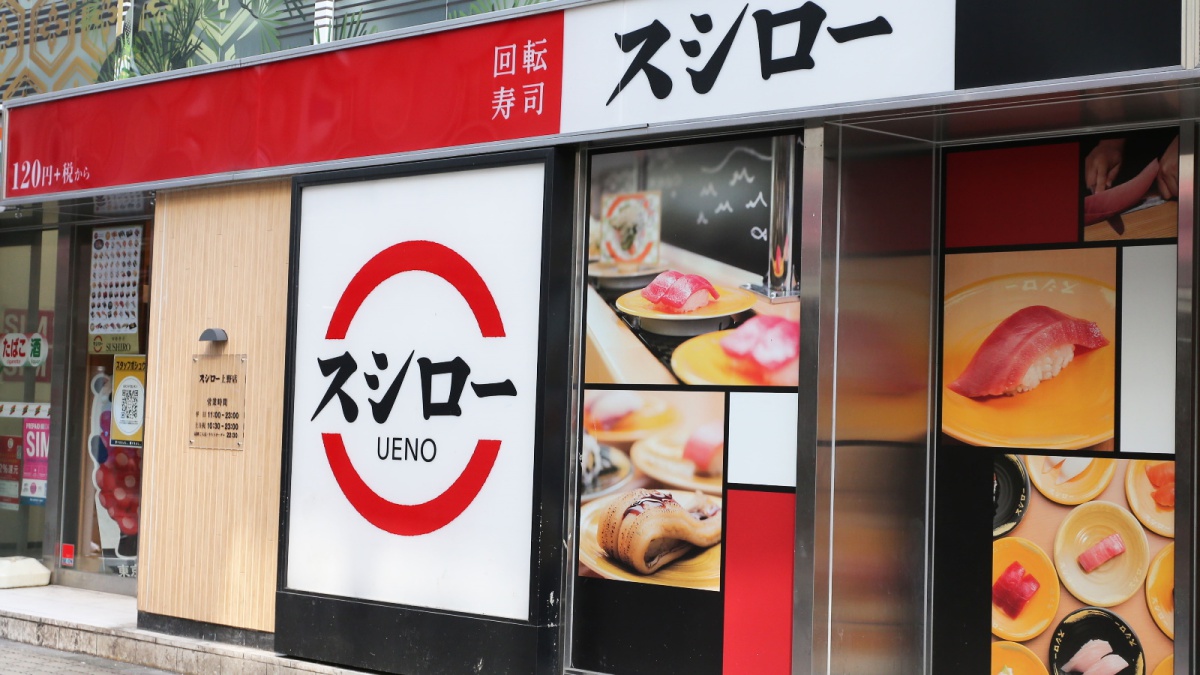
Sushiro Tokushima Nishishinohama
Sushi restaurant in Tokushima [SUSHILIVE comment] -


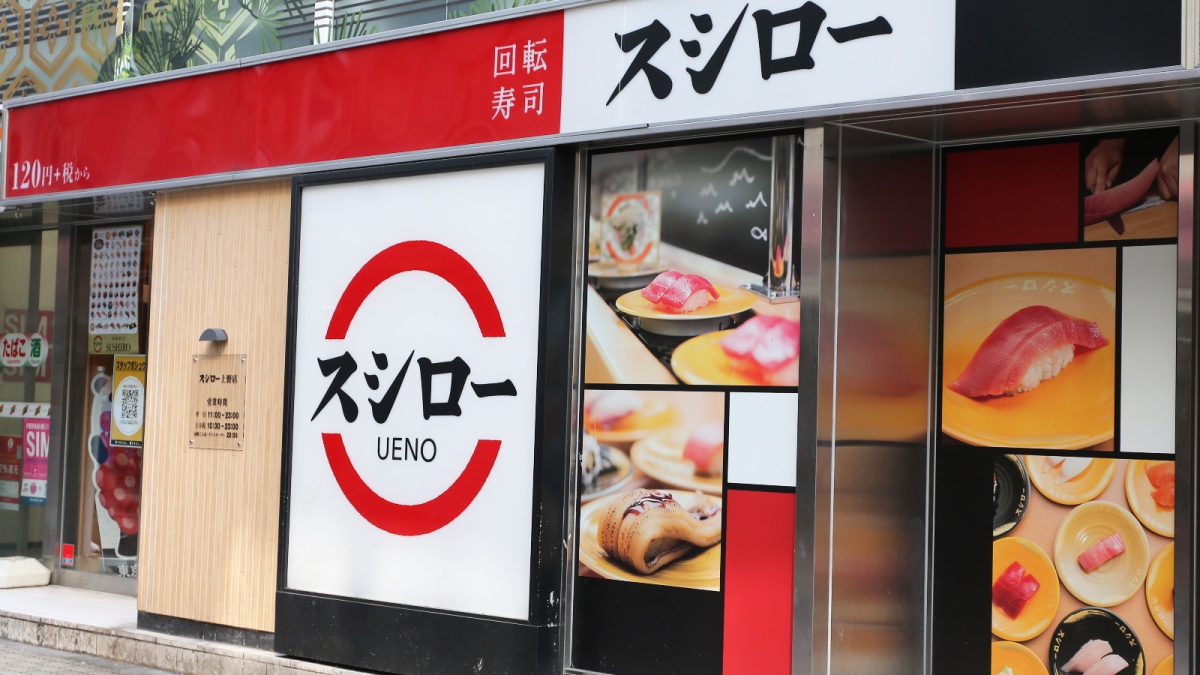
Sushiro Tokushima Kawachi
Sushi restaurant in Tokushima [SUSHILIVE comment]
Characteristics of Tokushima’s Cuisine
Tokushima: The Land Cradling Shikoku’s Only Plain
Located in the northeastern part of Shikoku Island, Tokushima Prefecture is characterized by the vast Tokushima Plain formed by the Yoshino River, and the beautiful natural scenery woven together by the Shikoku Mountains and the Sanuki Mountain Range. In the plains, agricultural products such as Awa Indigo, rice, and Naruto Kintoki sweet potatoes have been cultivated from ancient times, developing into a rich agricultural zone. Additionally, the Yoshino River played an important role in water transport, forming a commercial city centered around Tokushima City. In the mountainous areas, forestry utilizing abundant forest resources and traditional crafts such as Kito cedar and Iya’s Kazura bridges have been passed down. Recently, tourist resources such as Iya Hot Springs and Kazura bridges have been attracting attention, increasing tourists who enjoy natural experiences and activities. Thus, Tokushima Prefecture is a charming region where rich nature, history, and traditional culture merge. In recent years, there has been a focus on accumulating information and communication industries based in Tokushima City and revitalizing traditional cultures such as the Awa Dance, aiming for the development of a vibrant socio-economic landscape.
The History and Culture of Tokushima Shaped by Whirlpools and Indigo Dyeing
Tokushima Prefecture, located in the northeastern part of Shikoku Island, has prospered from ancient times as a strategic point of maritime and land transportation. The huge whirlpools produced by the fierce currents of the Naruto Strait have fascinated people from ancient times and have become one of the symbols of Tokushima Prefecture. Tokushima is also famous as a production area for Awa Indigo, known for indigo dyeing. Indigo dyeing developed as a major industry of Tokushima Prefecture since the Edo period, and products dyed in the unique blue of Awa Indigo have been highly valued domestically and internationally. The climate and natural environment of Tokushima Prefecture are blessed with warm weather and rich nature. Rivers, including the Yoshino River, provide abundant water resources, and the mountainous areas nurture abundant forest resources. This blessed natural environment has significantly influenced the history and culture of Tokushima Prefecture. Traditional cultures in Tokushima include the Awa Dance, Awa Indigo dyeing, and puppet Joruri. The Awa Dance is Tokushima Prefecture’s representative summer festival, held over four days from August 12th to 15th every year.
Tokushima Ramen and Naruto Kintoki
One of Tokushima Prefecture’s representative local dishes is Tokushima Ramen. It features a pork bone soy sauce-based soup, thick straight noodles, sweet and spicy meat, and a raw egg. Recently, the number of stores offering Tokushima Ramen has increased, making it popular as Tokushima Prefecture’s soul food. Another specialty is the Naruto Kintoki sweet potato, cultivated in Naruto City, Tokushima Prefecture, known for its fluffy texture and rich sweetness. Naruto Kintoki is used in various processed products, such as roasted sweet potatoes and sweet potato treats. The sea of Tokushima Prefecture yields a bounty of fresh seafood. In particular, sea bream and yellowtail caught in the Naruto Strait are exceptionally fatty and delicious. Tokushima Prefecture is also the number one producer of sudachi in Japan, and dishes using sudachi are popular.
Tokushima’s Sushi Culture, Naruto Sea Bream, and Awa Odori Chicken
Tokushima Prefecture’s sushi culture is uniquely attractive, merging fresh seafood with traditional ingredients. One of the representative sushi ingredients of Tokushima Prefecture is Naruto sea bream. The sea bream caught in the Naruto Strait is fatty with firm flesh. Another is Awa Odori Chicken, a brand of chicken raised in Tokushima Prefecture, known for its low fat content, chewiness, and umami. Sushi using Awa Odori Chicken creates a perfect harmony between the umami of the chicken and the acidity of sushi rice. Tokushima Prefecture is also abundant in vegetables and fruits. Especially, pressed sushi using Naruto Kintoki is cherished as a local dish of Tokushima Prefecture. A characteristic of Tokushima’s sushi is the minimal use of vinegar in the sushi rice, allowing the natural sweetness and umami of the rice to be enjoyed.
The Bounty of Sea and Mountain Produces Yamaguchi’s Specialty Products
Yamaguchi Prefecture is blessed with a rich natural environment surrounded by mountains and sea, producing various specialty products. As for seafood, famous items include fugu (pufferfish) caught in Shimonoseki, conger eel grown in the currents of the Kanmon Strait, and oysters from the Seto Inland Sea. Mountain bounty includes wild boar meat and mushrooms grown in rich forests, and sweetfish raised in clear streams. Yamaguchi Prefecture’s traditional crafts include Hagi ware, Ouchi lacquerware, and Akama inkstones. Hagi ware is a type of pottery made since the early Edo period, based on techniques introduced from the Korean Peninsula, characterized by its simple and warm texture. Ouchi lacquerware, dating back to the Muromachi period, features elegant designs primarily in red and black. Akama inkstones, produced since the Nara period, are known for their smooth texture and deep allure.
Tokushima’s Rich Nature Yields Specialty Products
In Tokushima, various agricultural products and specialty items are cultivated, thanks to the warm climate and abundant water resources. One of Tokushima Prefecture’s representative specialty products is the Naruto Kintoki sweet potato. Cultivated in Naruto City, Tokushima Prefecture, it is known for its fluffy texture and rich sweetness, used in various processed products like roasted sweet potatoes and sweet treats. Another specialty is Awa Indigo, the raw material for indigo dyeing, cultivated in Tokushima Prefecture for a long time. The beautiful indigo dye, highly valued both domestically and internationally, is used in dyed goods and crafts, popular as traditional Tokushima Prefectural handicrafts. The sea of Tokushima Prefecture is abundant with fresh seafood, especially sea bream and yellowtail caught in the Naruto Strait, known for their fattiness and deliciousness. Tokushima is also the top producer of sudachi in Japan, with sudachi-based products also being popular.

